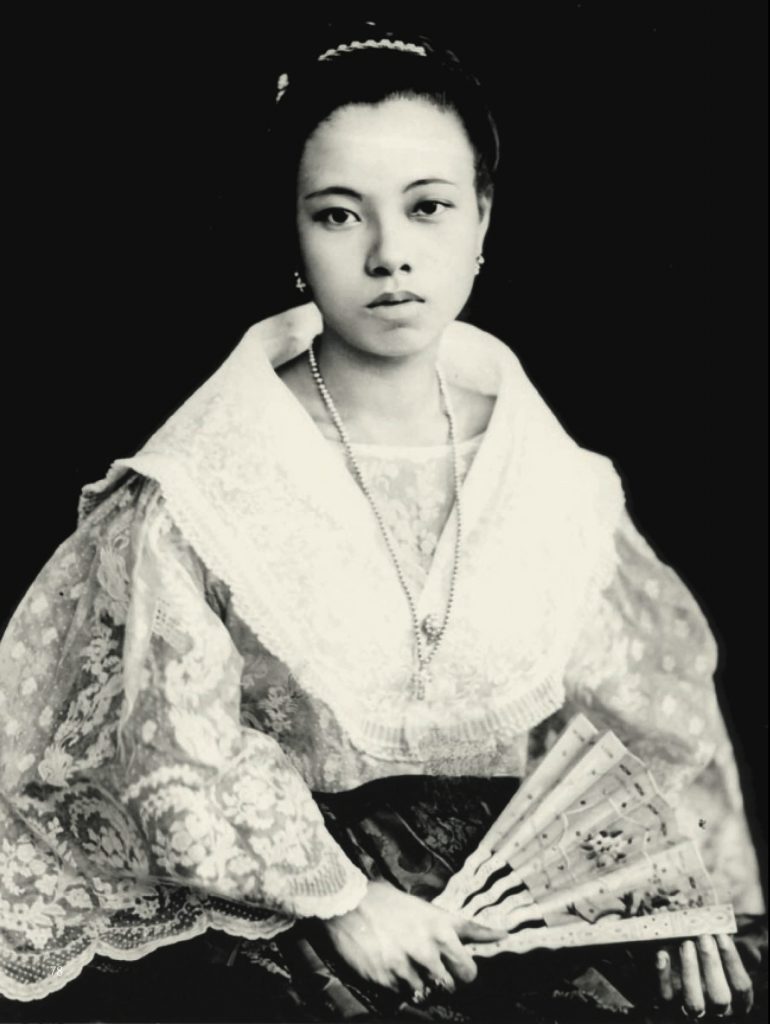First published in Tulay Fortnightly, Chinese-Filipino Digest 25, no. 4 (July 24-August 13, 2012): 9.
Dr. Jose Rizal, Corazon Cojuangco Aquino, Anna Dominique Coseteng, Mariano Limjap, Claudio Teehankee are familiar names. They have one thing in common, all of them have Chinese forebears.
For centuries, Chinese have intermarried with Filipinos. During the Spanish colonial regime especially, when Chinese women rarely came to the Philippines, many of the early Chinese sojourners married Filipinas. Even during the American occupation, due to the application of the Chinese Exclusion Law to the Philippines as an American territory, many Chinese opted to marry native Filipinas and have mestizo children to help in their businesses here.
In most of these intermarriages, the union was not just a physical one but the union resulted into a new network of social, cultural and religious connections. Among many Filipinos of the landed class, marriage with the Chinese meant also a union of trading networks, agricultural and technological know-how with the vast plantation lands owned by the Filipino family. The Cojuangco family in Tarlac, the large sugar plantations in Iloilo and Bacolod, are good examples of these.
After many generations, many of these mestizo families themselves married mestizos or Filipinos and gradually, they lost all identifiable markers of their Chinese ancestors and the families became fully assimilated as Filipinos.
In contrast, in contemporary Philippine society, there is a distinct mestizo class called chut-si-ah not without some pejorative connotation. Using the suffix ah to refer to a person is to abscribe some negative attributes.
The chut-si-ah are the creolozied offspring of Filipino-Chinese intermarriages. They straddle both cultures and choose to adopt customs and traditions of one or the other. They are also at home in both Filipino and Chinese environments in varying degrees. But likewise, they also suffer from negative experiences and discrimination in both environments – they are not fully acceptable as Chinese nor Filipino.
The recent book of historian Dr. Richard Chu – Chinese and Chinese Mestizos of Manila, Family, Identity and Culture, 1860s-1930s – labels these Chinese as a racialized “Other” and describe how these mestizo families and individuals creatively negotiate their identities in ways that challenge our understanding of the genesis of ethnic identities in Philippine society.

The simple word mestizo, the Chinese who is Filipino or the Filipino who is Chinese, contains the whole gamut and complexity of identity issues, the hybridity of culture and identity, the transformation and indigenization processes and how all these influence or dictate how one decides or negotiates for himself what Chu calls a flexible identity.
The “flexibility” and “creativity” of strategies adopted by these mestizos as they negotiate their identities from a continuum of Chineseness to Filipinoness highlight survival strategies adopted by many immigrant communities.
The book gives fascinating insight on these strategies that gave prominence to the mestizo as a distinct social class especially during the Spanish occupation and early years of American rule.
Among these strategies were name-changing, taking of Spanish citizenship, speaking multiple languages, networking with Chinese and non-Chinese alike, switching identities depending on situations and other survival mechanisms.
It was only under the liberal policies of the Americans that allowed the Chinese community to have their own schools, press, and institutions that many of these mestizo children were brought back to the folds and bosoms of their Chinese relatives. Many of them were in fact sent back to China to study and be educated as Chinese.
Today, intermarriages are becoming even more prevalent and inevitable. With Tsinoys making up only one percent of the total population, Tsinoy kids go to college and universities with Filipino classmates, and join the workforce of predominantly Filipino colleagues. Although intermarriages are not being encouraged, they are no longer as taboo or as frowned upon as before.
The offspring of these intermarriages are enriched by their dual heritage and enjoy the benefits of a broader network of Chinese and Filipino relatives that help give them an edge over others. They also suffer less discrimination than the earlier mestizo generations and they are given wider leeway to negotiate and determine their predominant identities.





